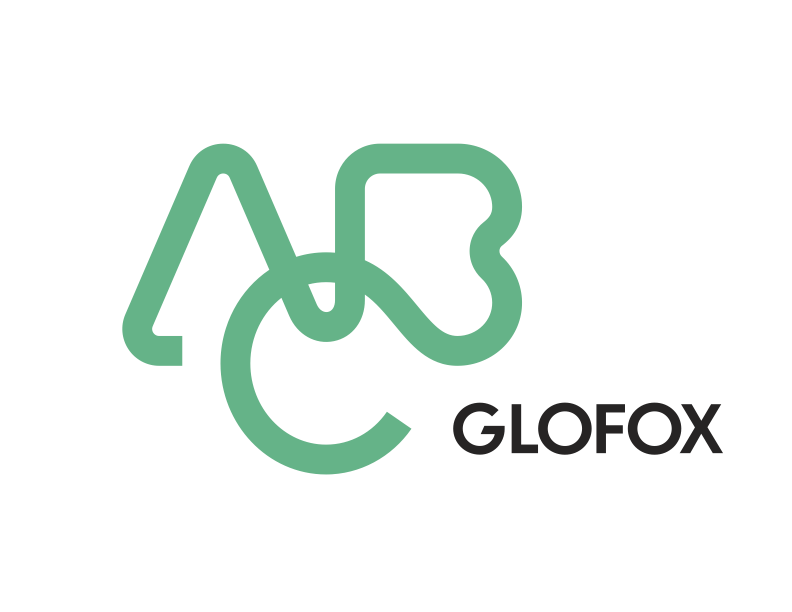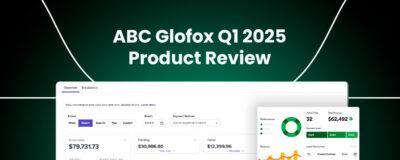Learning how to create financial projections for a gym can often be the difference between success and failure for many fitness businesses. Starting a gym requires more than just a passion for fitness; it’s a business model that demands meticulous planning and strategic foresight. Understanding how to project your gym’s financial future can be the difference between thriving and merely surviving.
The demand for health and wellness services has grown exponentially over the past number of years, and the fitness industry is booming. Revenues are higher and interest is greater than ever in the fitness industry, and anyone with a clear business plan and a good understanding of their customers will be set up for success. But how do you create a business plan and financial forecast?
Here’s the TL;DR on building a financial forecast for a gym
- A clear financial forecast is a collection of your estimated revenue, expenses, and outside investment, all laid out for a number of years into the future.
- One of the best ways of saving money is by using a financial forecast, which allows you to anticipate costs and setbacks before they’ve even appeared on the horizon.
- The easiest way for your business to fail is by not being realistic with your forecasts. Use data and information from similar-sized businesses to estimate your costs and revenue.
- It’s often easy to project future revenue, but never forget to factor in the expenses too.
The 6 Crucial Steps to
Opening a Gym or
Studio
Discover more How to Calculate Financial Projections for a Gym

Financial Projections are, simply put, forecasts of your gym’s future financial performance. They encompass key financial statements: the income statement, balance sheet, and cash flow statement. These projections aren’t just for your peace of mind—they’re vital for securing funding, managing cash flow, and ensuring long-term stability.
How to Start Creating Financial Projections
1. Market Research
Your first step is understanding the fitness market. Who are your competitors? What are the current trends? By researching your target audience and local market, you can make informed assumptions about your gym’s potential performance.
The internet is a great resource for these tasks, but make sure to reach out to local business owners for assistance; you’ll be surprised how willing people are to help. Remember, everyone running a successful business has started off exactly where you are, they know the uncertainty and doubt you’re experiencing: use their experience to help your business thrive.
Want unparalleled insights into the fitness industry?
The ABC Fitness Industry Report Has Data Insights From Over 40 Million Gym Members
2. Startup Costs
List all your startup costs, from equipment purchases and facility leases to marketing and staffing. This comprehensive list will form the foundation of your financial projections.
Not sure what your startup costs are going to be?
Essentially, it’s leasing, equipment hire, and certifications, but there are plenty of other expenses that are going to come your way, including the biggest one: wages.
If you’re not sure what your startup costs might be, then make sure to check out our gym business template guide here.
3. Revenue Streams
Identify all potential revenue streams. Membership fees are a given, but don’t forget about personal training sessions, merchandise sales, and special classes or workshops. Diversifying your revenue streams can make your gym more resilient.
This may be one of the best times in history to get into the fitness industry, but there’s still quite a lot of competition, and a lot of costs. Finding new revenue streams can be a lifesaver for many gyms. Don’t be afraid to think outside the box; working as a consultant or collaborator for local businesses, setting up community initiatives, and even renting out part of your gym could bring you in some reliable, regular revenue that can help you plan for the future.
The 6 Crucial Steps to
Opening a Gym or
Studio
Discover more Estimating Revenue

This is where the magic of financial forecasting really comes into its own. If you can estimate your revenue, you can clearly measure your growth and chances of expansion; making you far more attractive to potential investors.
How to Estimate Revenue From Your Gym Members
This is a relatively simple equation, but again it pays to be as realistic as possible about these numbers.
For estimating revenue from your gym members, all you need to do is multiply the monthly membership fee by your number of members. For example, if you have 200 members paying $50 a month, that’s $10,000 a month in revenue for you to work with.
This is the simplistic version of estimating your revenue, but you also need to factor in additional revenue streams such as personal training services, merchandise, food and beverages, and space rental for other trainers or professionals.
This may seem straightforward, but how do you keep track of each member, every member payment, and all the extra revenue streams you may be receiving?
Traditionally, you would sit down with a pen and paper or spreadsheet and weave through every single transaction or paying member.
Want an easier option?
ABC Glofox has you covered
Projecting Expenses for Your Gym

Here’s the more difficult part of understanding financial projections for a gym. Expenses come in a number of different forms:
- Regular expenses
- Once-off expenses
- Emergency expenses
Regular expenses include things like your property lease, gym equipment rental, and wages. These can be easily included in a profit and loss sheet month on month.
Once-off expenses include purchases like larger pieces of gym equipment, uniforms, signage, and other things that you’ll only be buying (hopefully) once. These are a little harder to factor into forecasts but are very important to account for as they are often the most common reason for businesses going into the red.
Emergency expenses come in all shapes and sizes. Broken equipment, flood damage, repairs, and everything in between can set you back a considerable sum every year. Ensure you keep an emergency fund on hand at all times just in case you need to access it quickly.
How to Make Financial Projections for a Gym Easier

Many businesses spend days or even weeks working out financial projections for the year, often on unreliable data that does not give them the full picture. It’s vital that when you’re creating your financial forecasts for your business you’re working from reliable, actionable data that gives you a clear picture of the health of your business.
How do you find that clear picture? Make the most of the technology that’s out there; it can save you thousands of dollars a year in time saved. If you’re looking for a business management platform specifically designed for fitness businesses, then ABC Glofox is the choice for you.
Along with helping you to keep your members engaged and informed, it can also give you 360-degree insights into the health of your business. Everything from check-in rates to your gross monthly income, ABC Glofox can track it all for you and present it in one clear, intuitive dashboard.
How Spartans Used ABC Glofox To Grow a Flourishing Fitness Franchise
Spartans’ Boxing Club joined ABC Glofox in search of a platform that could sustainably scale their fitness business while providing clear insights into their growth and revenue. Joining in 2015, Spartans quickly scaled into a fitness franchise with 24 locations in several countries.
“We have an operating system with ABC Glofox that is built alongside our business and allows our franchisees to easily start, grow, and scale their business.”
Essentially, ABC Glofox is the business-in-a-box platform that allows the Spartans team to expand with ease, giving a predictable and professional experience to all of their staff and members, no matter which studio they step foot in.
Looking to professionalize and scale your fitness business?














